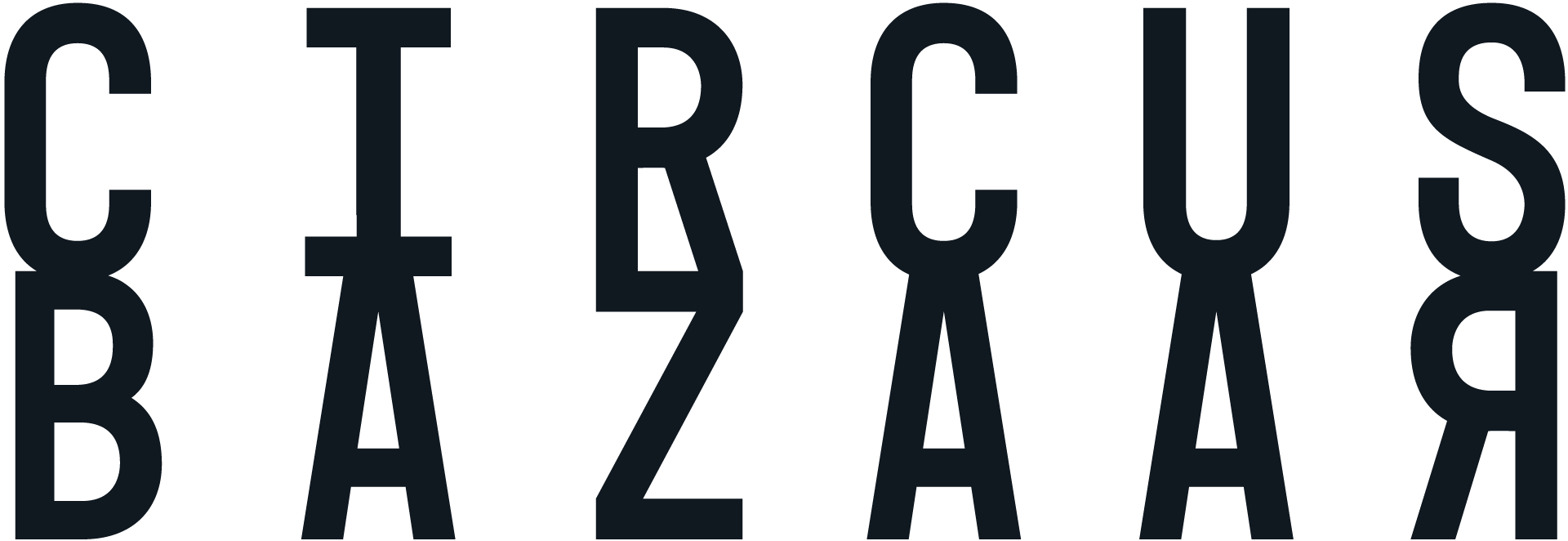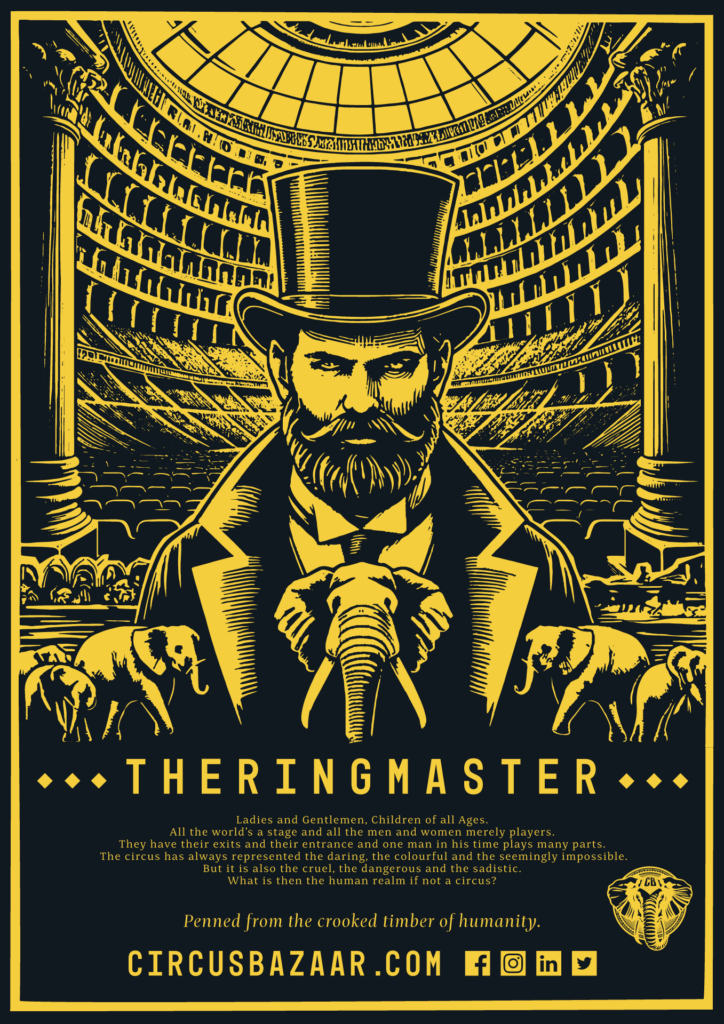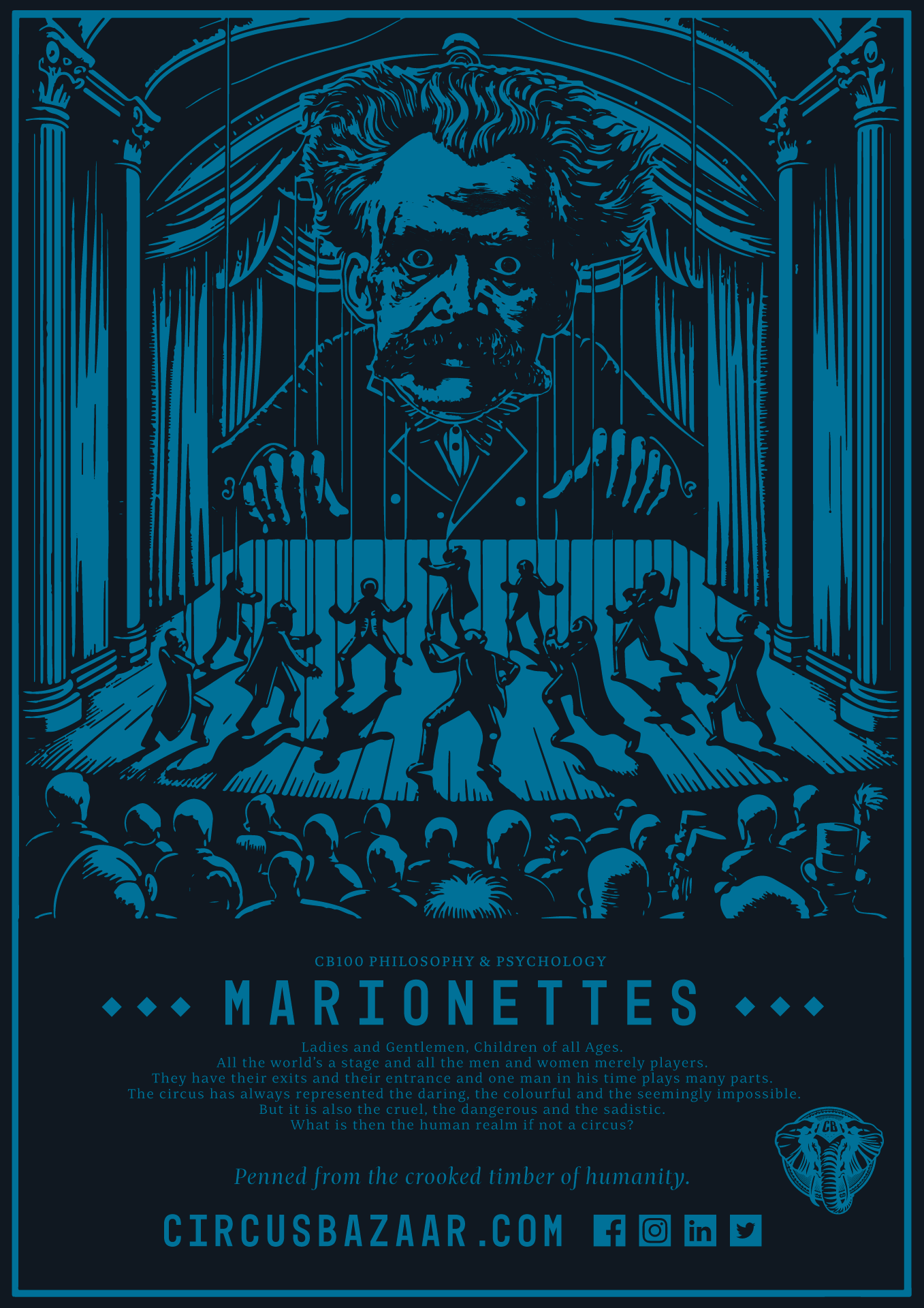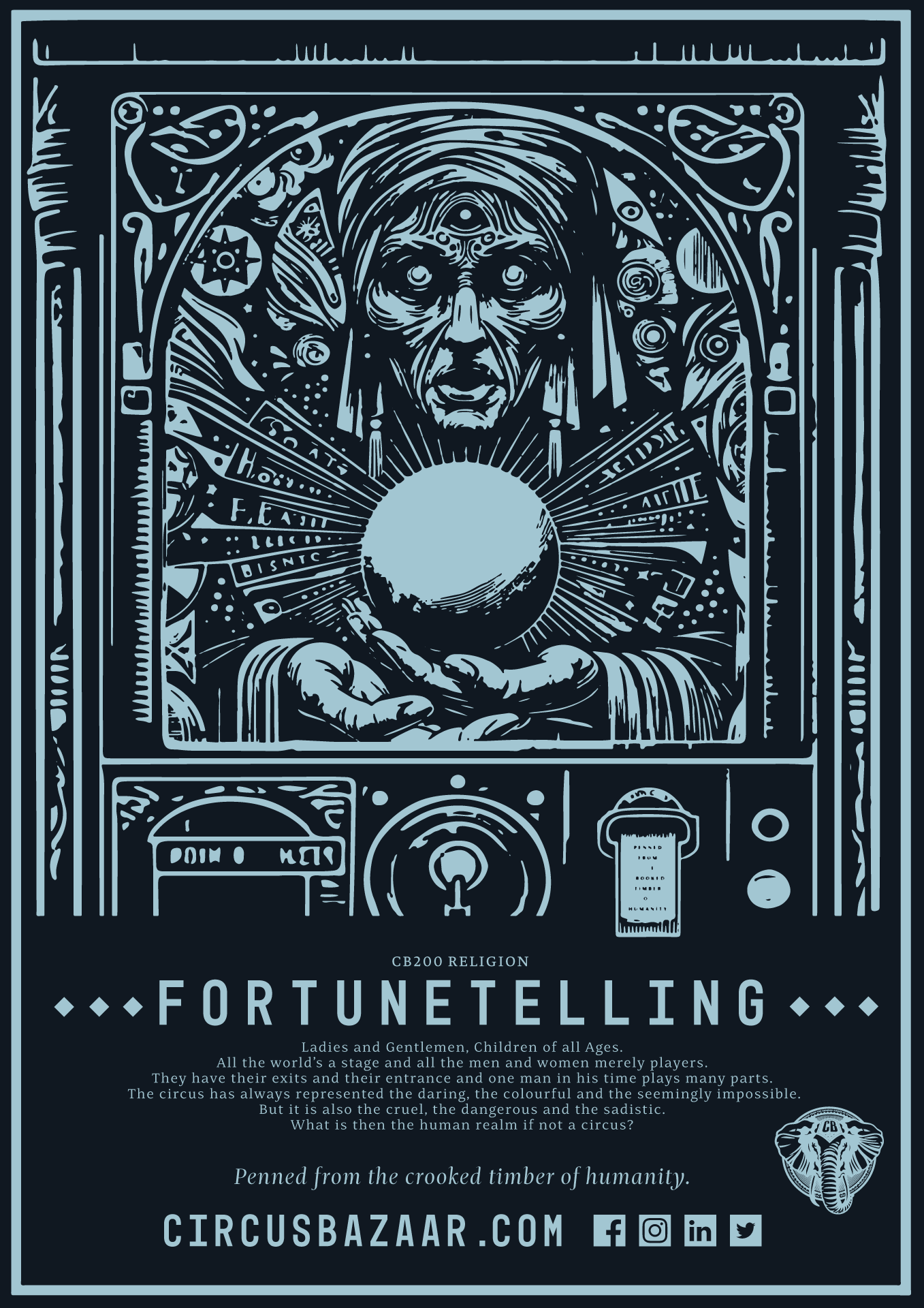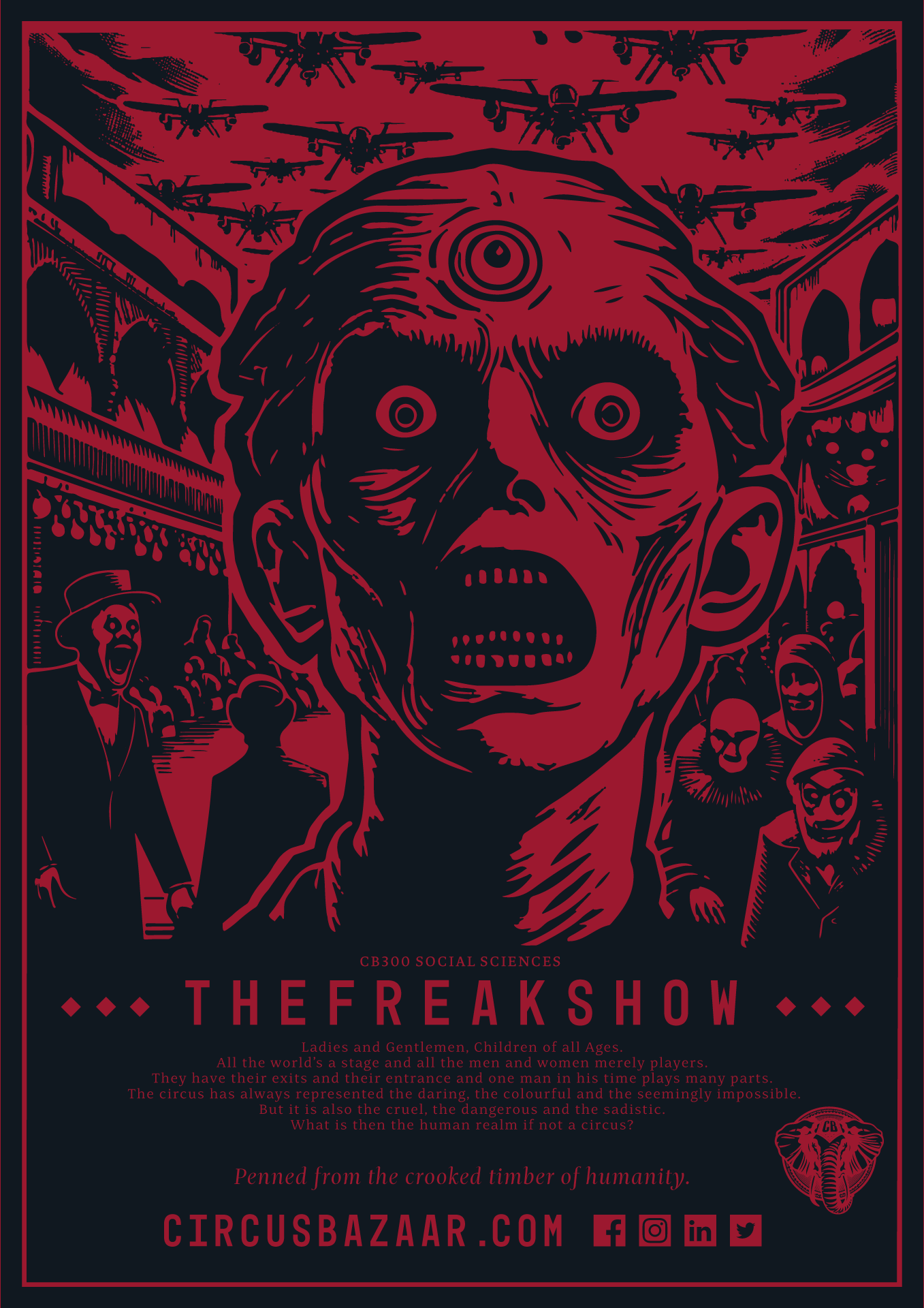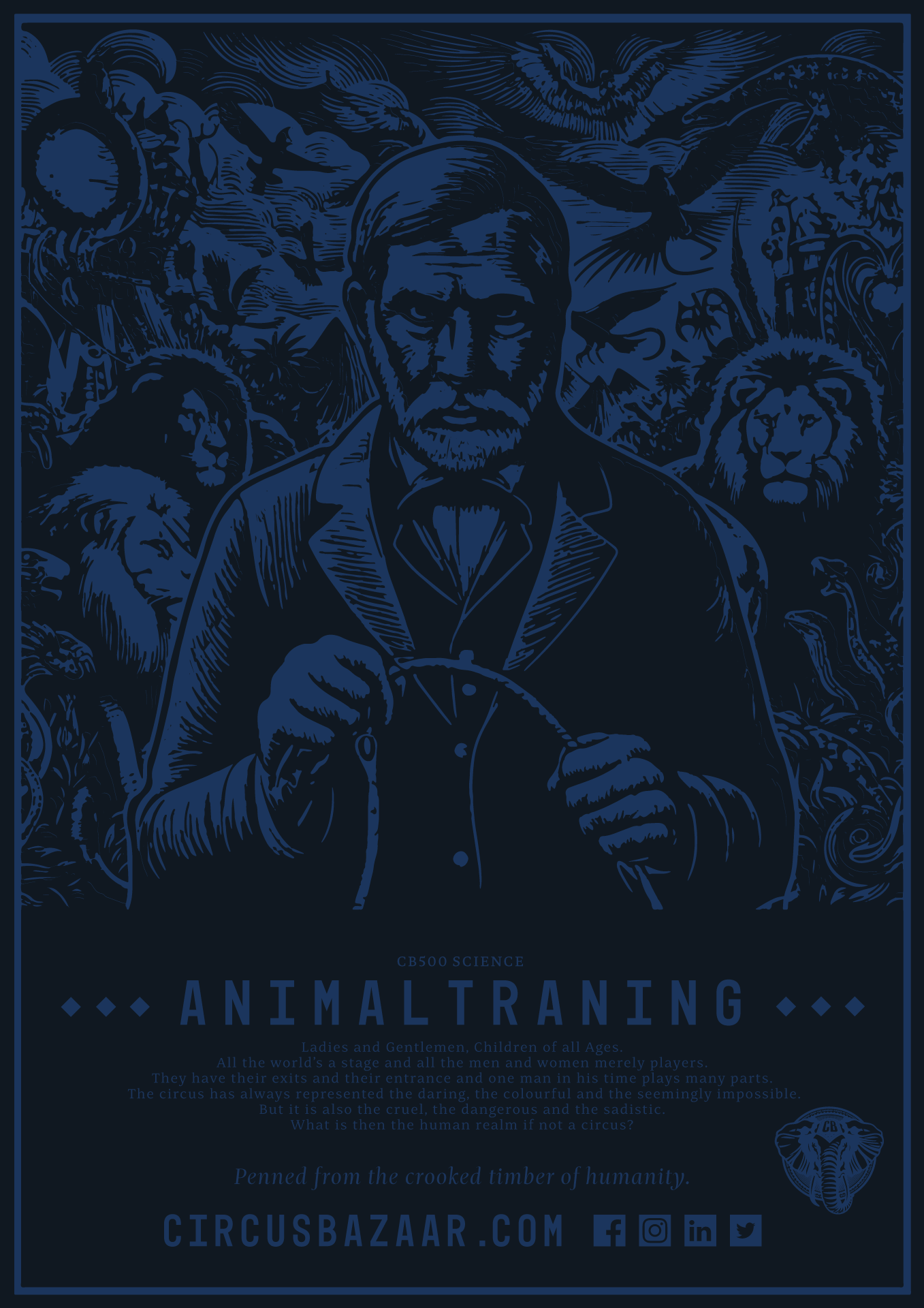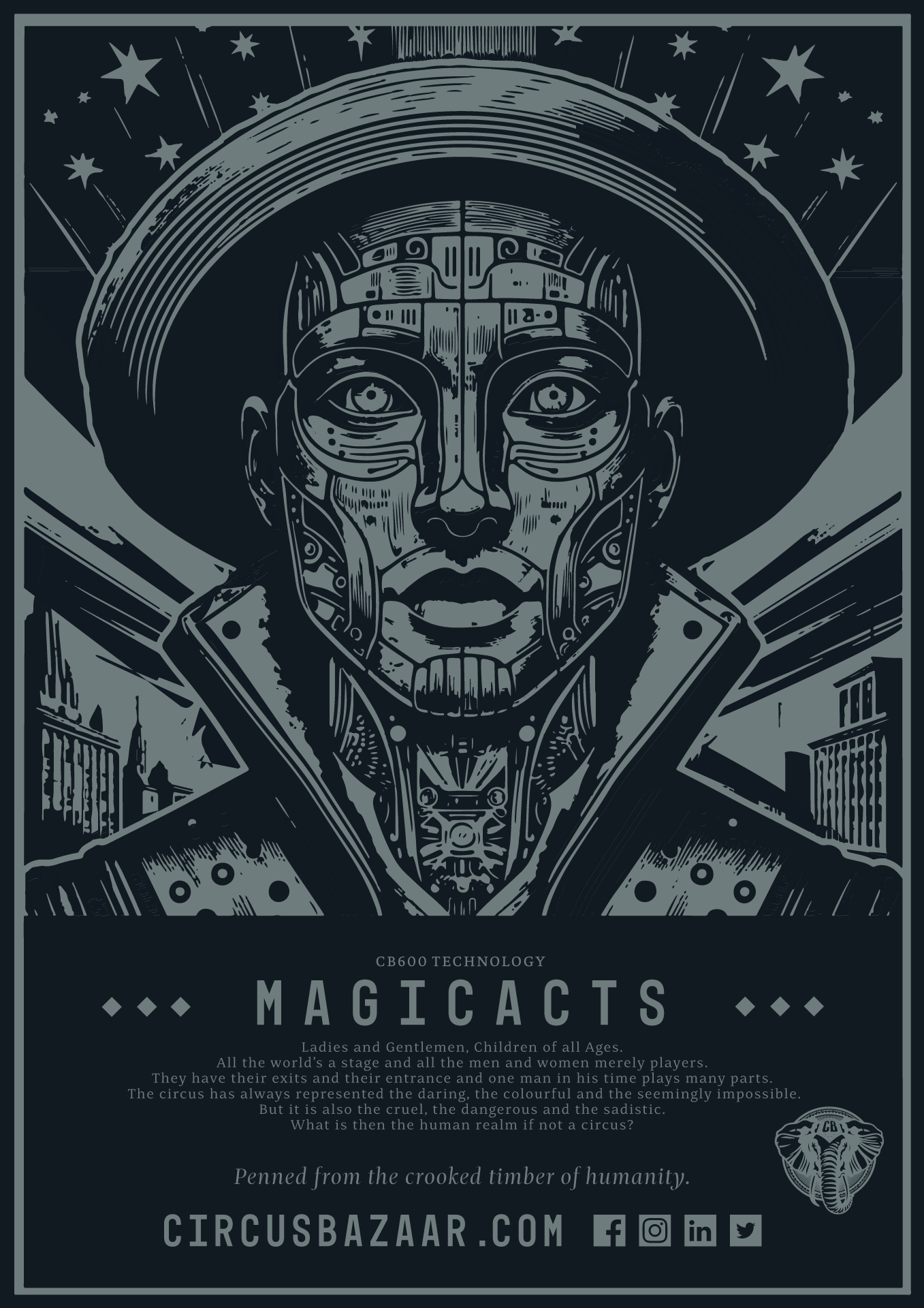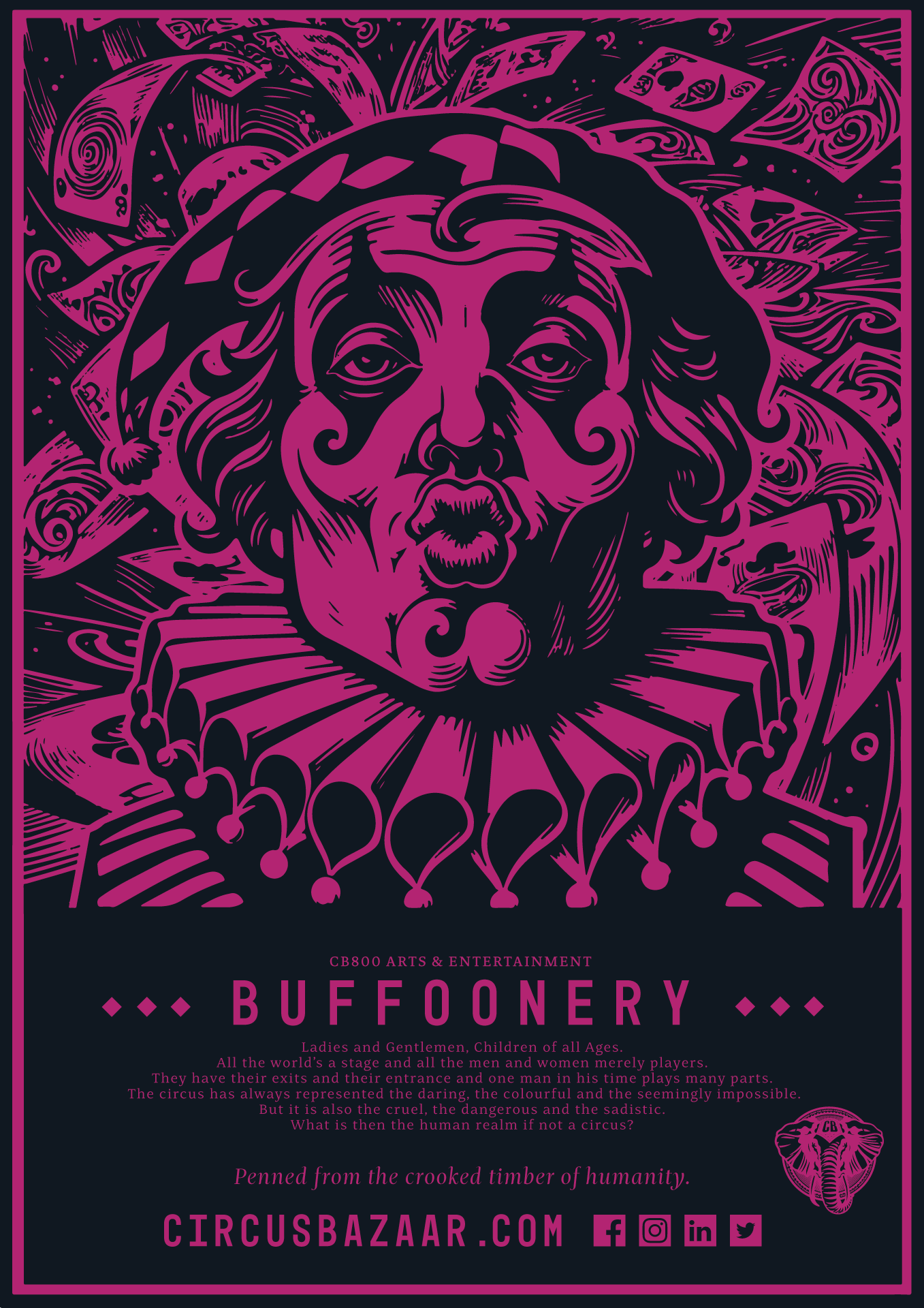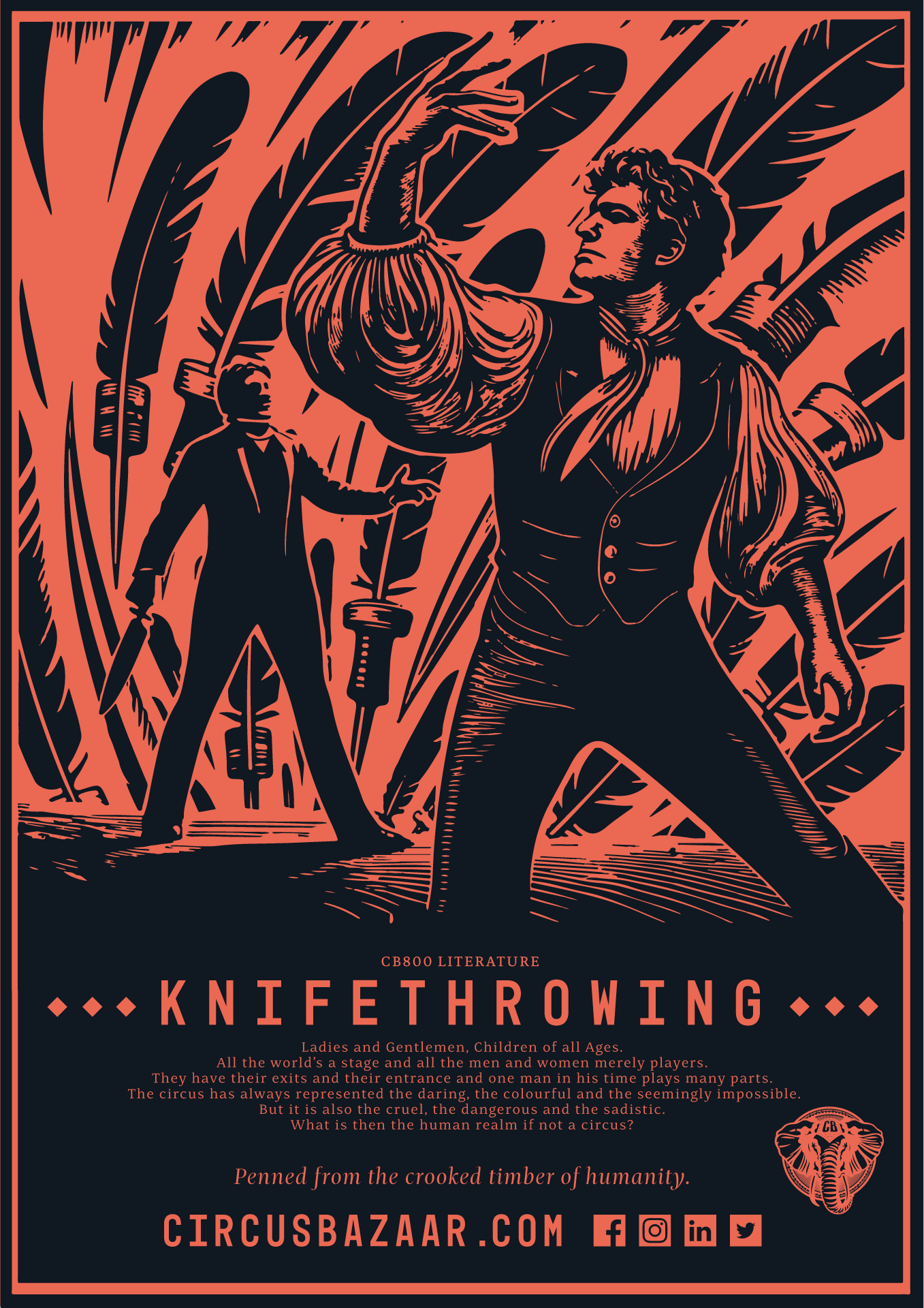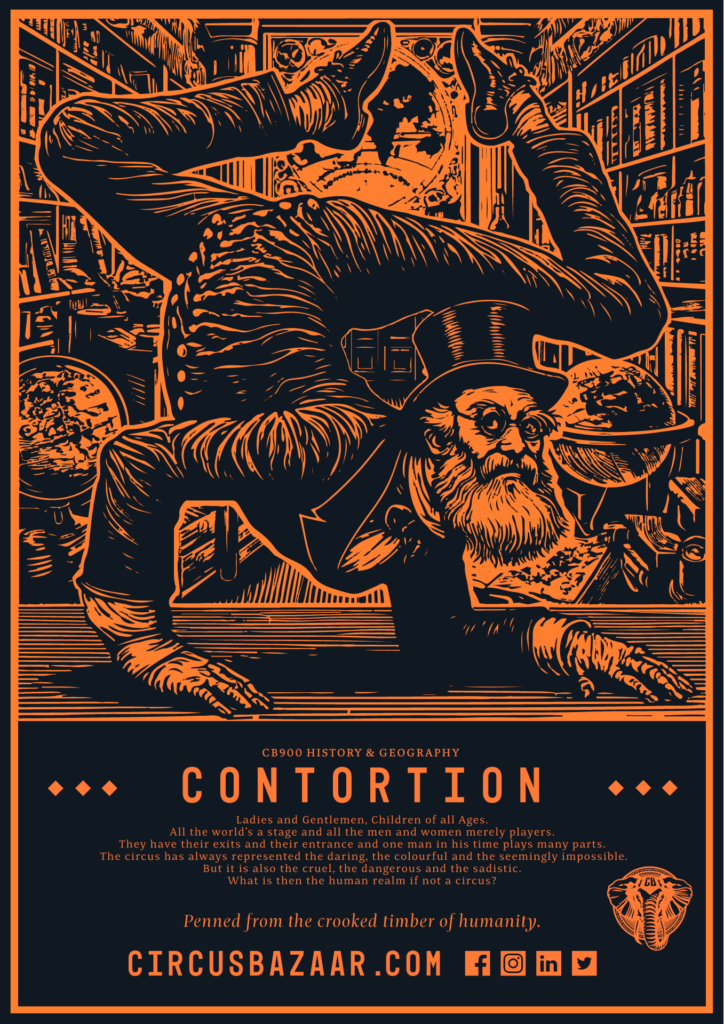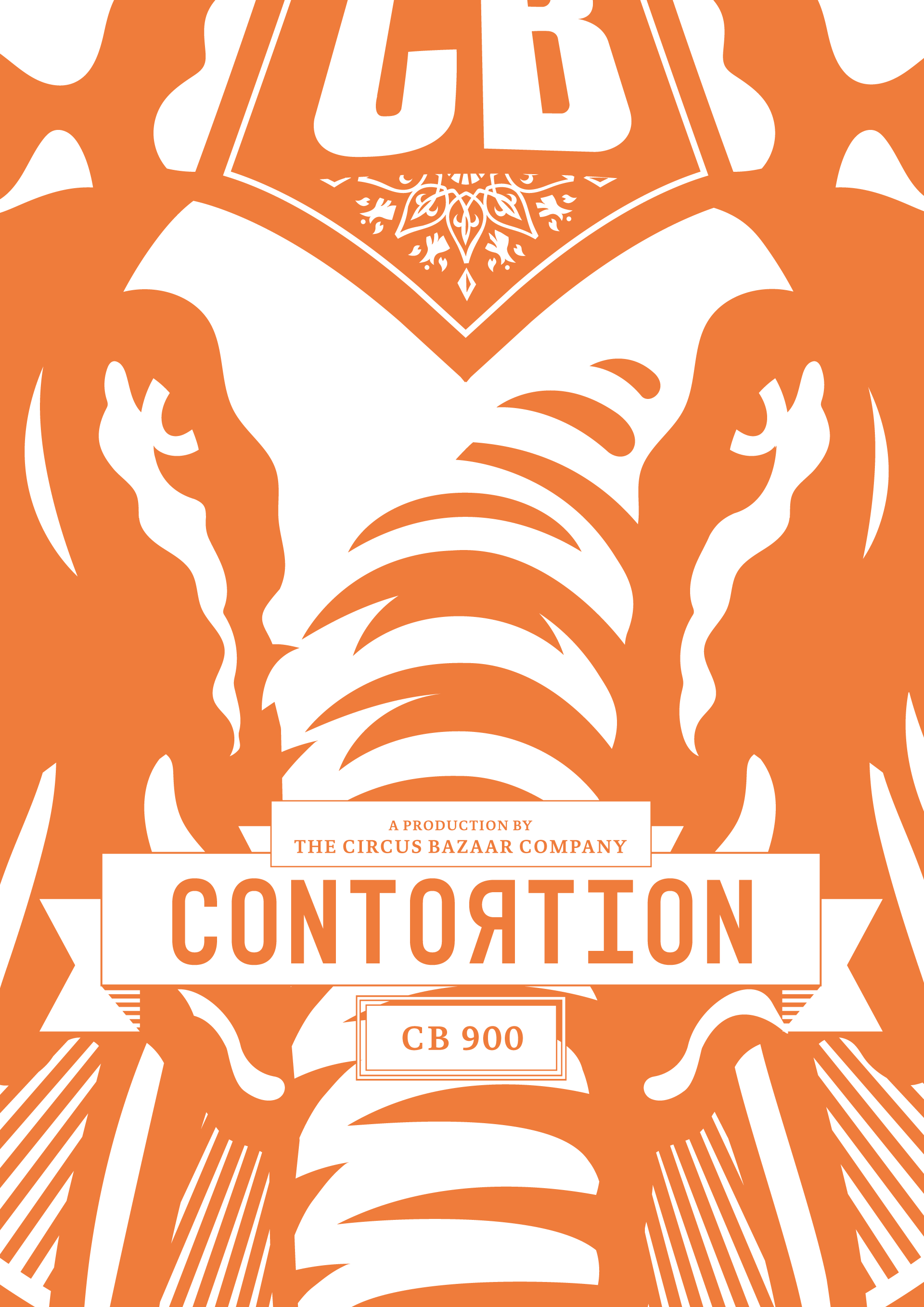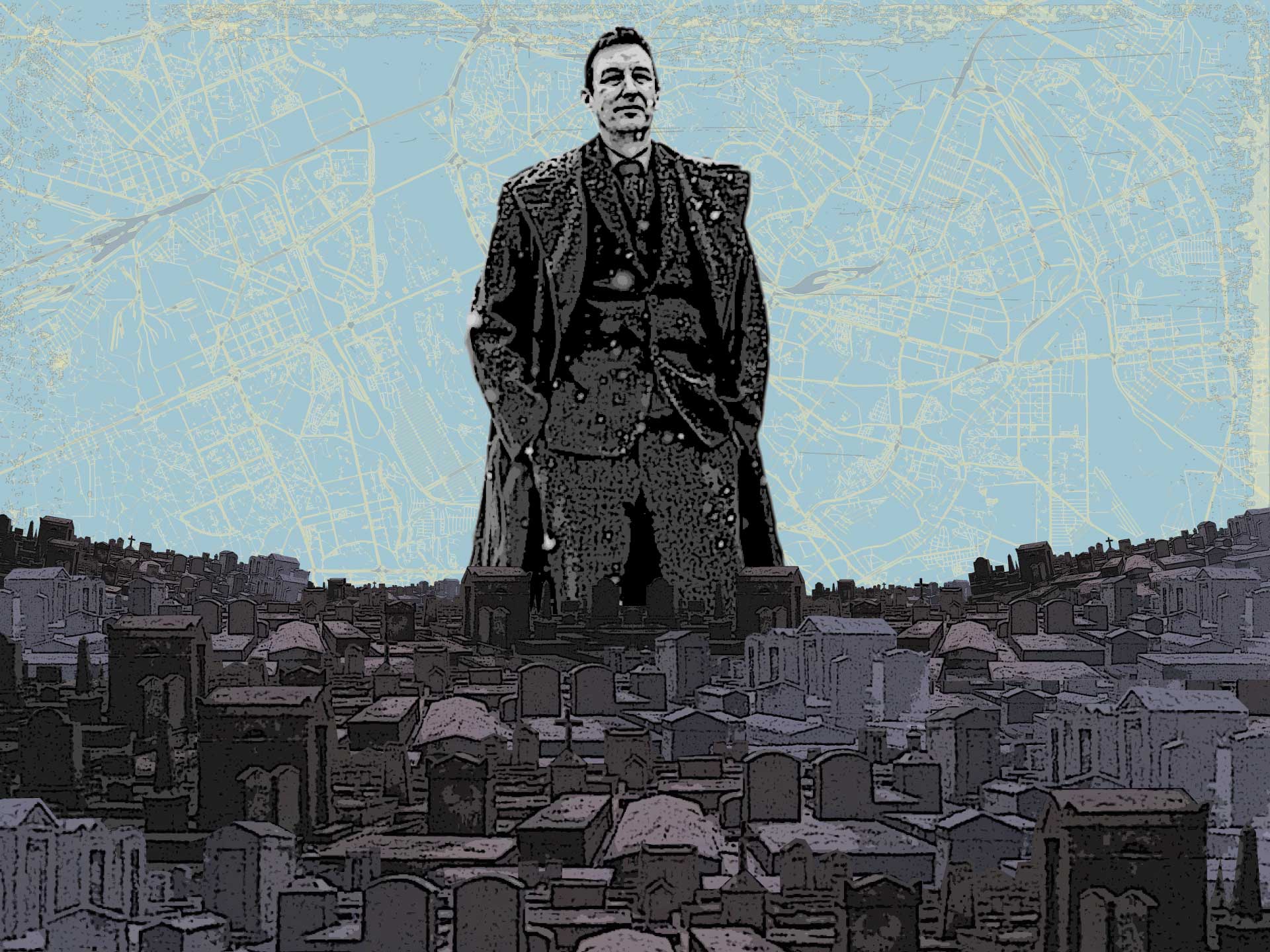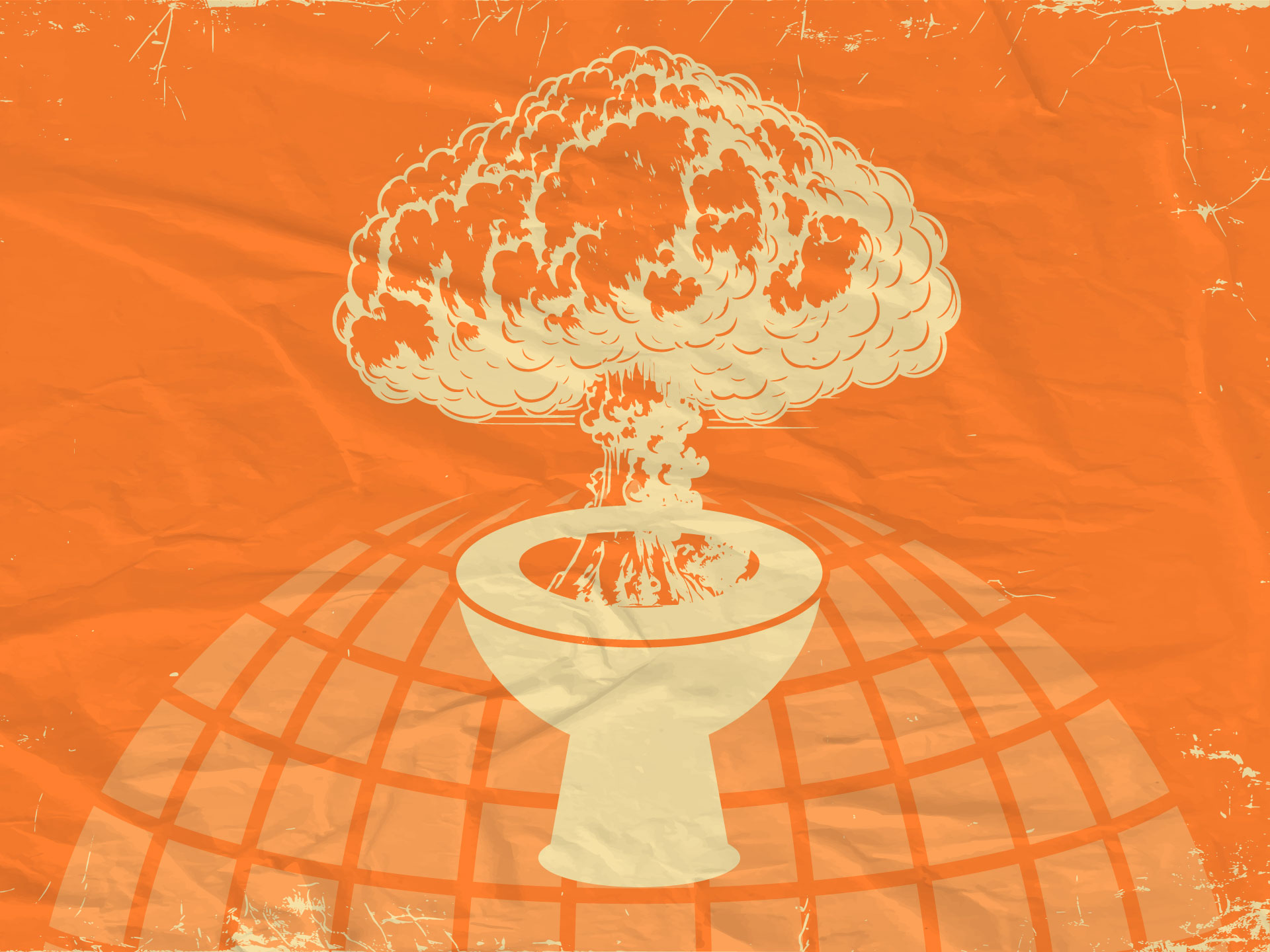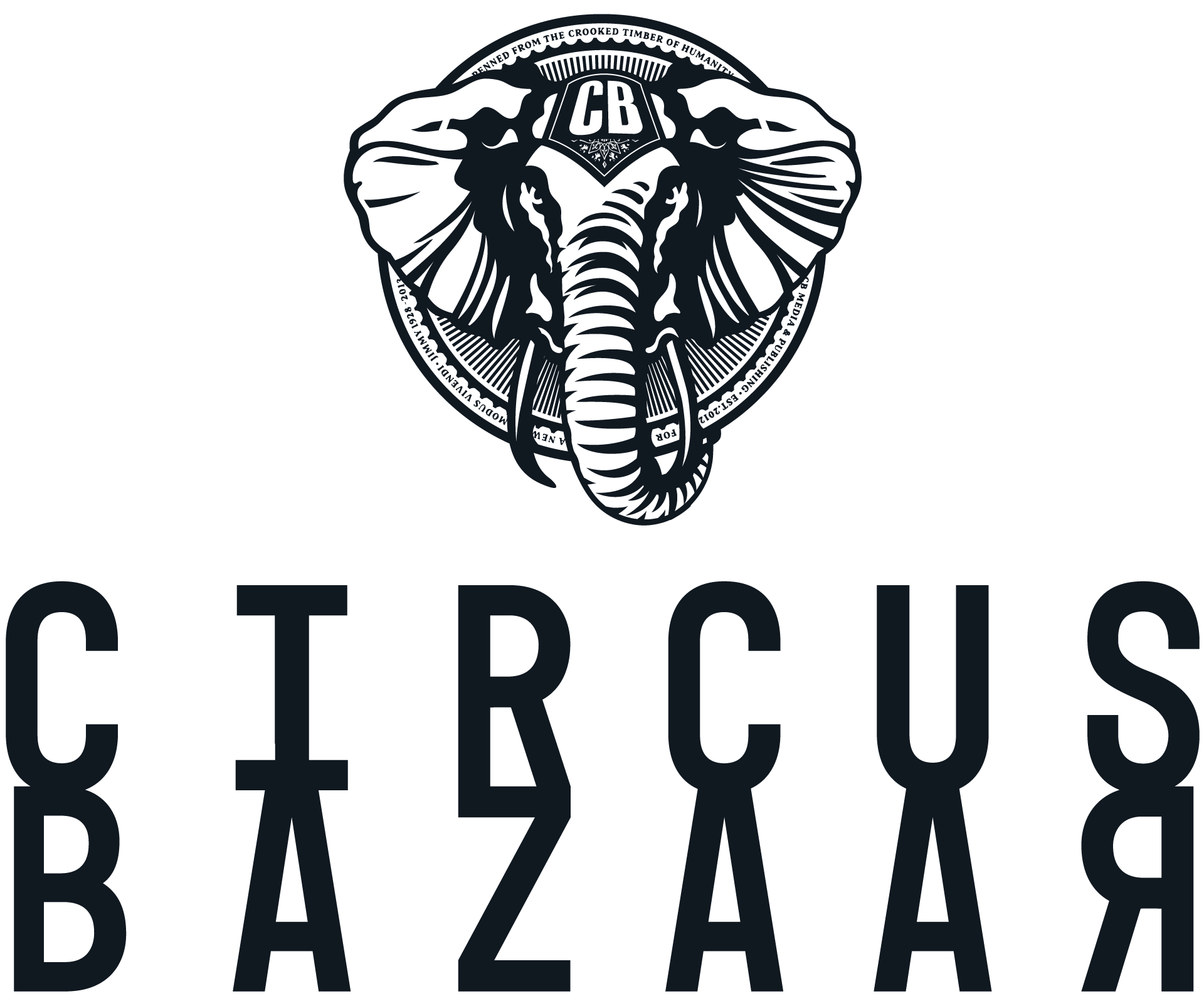In 1994, I hitchhiked to Ukraine. A long-haired high school student, I was eager to explore what my whole life had lain beyond the family’s holiday plans. For us, children of the Cold War, the Soviet Union was something colourless, menacing and intriguingly off limits.
I didn’t know Russian, which became a problem when I was thrown off the train in Brest-Litovsk because I lacked a transit visa to a country I barely knew existed. At three o’clock in the morning, in minus 35 degrees Celsius, I had to negotiate with an inebriated Belarusian border guard who knew two words in English: ‘Many dollars’. He wanted a thousand. I offered ten. The visa ended up costing me 40 bucks and a ballpoint pen. On the train I got to know a group of medical students from Sierra Leone. They took pity on me, arranged shelter, guides and a party every night. The Ukrainians were still distrustful of foreigners. On the streets, I learned to look for black people when I needed help.
These were eventful days. Ukraine was experiencing hyperinflation. The currency resembled Monopoly money, and new zeroes were added to the price tags in the shops every morning. The economic state of emergency seemed to increase the tension between ethnic groups. A dark-skinned friend was spat on while we were walking in the city centre. On the tram, a fight broke out because a Ukrainian refused to understand Russian.
On the way back to the West, I shared a train compartment with an elderly gentleman who spoke fluent English, having worked most of his life for the World Health Organization. He had reached the point in his life when the mind turns and is more at ease in the past rather than the future. To pass the time, he told about his childhood as the son of two field medics in the Red Army. One of the stories was about why he smoked Pall Mall. One of his tasks during the war was to open rations from the Allies. Children were put to such jobs because the adults did not trust each other with the goods. No one could decipher the labels, so each of the oversized cans was a surprise package. The doctor’s face lit up when he told of the discovery of a box full of Pall Mall cigarettes with a note that read: From the British workers to the brave soldiers of the Red Army! ‘And that’s how I started smoking,’ he chuckled.
The doctor set out to remedy my lack of knowledge about the country outside the train window. He said that Ukrainians used to be known as ‘Ruthenians’. The Russians called them ‘little Russians’, in the same manner as Slovaks were once referred to as ‘little Czechs’. The difference was that Ukraine has no history as an independent state. Throughout history, there have been many attempts at independence, but without success until 1991. The borders that then arose were the result of Soviet administrative units and Russian spoils of war. ‘U-kraina’ means ‘on the border’ – the borderland that Russia shared with the Ottoman, Tartar, Polish, Prussian and Habsburg empires. The constantly changing borders and weak state power made Ukraine one of the most ethnically mixed regions in Europe, up until the first half of the twentieth century. By 1945, only two major people groups remained, the Russian minority in the east and the Ukrainian majority.
The doctor described massacres of civilians in toe-curling detail. Some were carried out by soldiers, others by civilians, under the cover of war. Entire villages were slaughtered. He told of blood seeping under the soles of shoes from hastily buried corpses. When I asked why this had happened, the doctor replied that we get to see what is hidden in people’s hearts ‘when the light fades to black’. He worried about the future of his new country. Ukraine was too big, he thought – and too divided. After the doctor got off in Lviv, his place was taken over by a black-market shark who got me drunk and persuaded me to smuggle a thick bundle of D-mark (Deutsche Mark) notes across the border to Poland. Cheerful and tipsy, I forgot all about the contraband, only to be chased down by a panting and slightly menacing gangster.
Twenty years later, in 2015, something big was brewing in Ukraine. The profound peace that had underpinned the European state system for a lifetime – the agreement that borders cannot be changed unless a new state emerges – had been broken. Russia had usurped the Crimean Peninsula and supported armed separatists in the east of Ukraine.
That was not the reason I was in Ukraine again. I was there to visit the land once called Galicia, one of Europe’s forgotten beauties. Together with my driver and guide, Vikentij, I drove two thousand miles along neglected roads. We came from the south, through the black earth belt. No mountains, hills or lakes broke the monotony. The first stop was at Halych, the place that gave Galicia its name. Here lies the watershed, the latitude where the rivers stop flowing to the north and turn towards the Black Sea in the south.
A watershed is more impressive as a metaphor than as physical reality. The river in front of me flowed neither north nor south, but to the east. The endless horizon in every direction gave me a sense of shrinking. Vikentij must have sensed my anguish, because he put a heavy hand on my shoulder and muttered, ‘You’ll get used to it, just don’t look up.’ We stood like this for a while before, embarrassed, we began to chat aloud about how far we had left to drive.
The hours bled into each other. We passed villages with ornately decorated wooden houses, goose ponds and cemeteries overflowing with flowers. I was struck by how little Ukraine had changed since my last visit. The countryside was barely de-Sovietised. In a café, we were served coffee with grit under a faded mural that proclaimed, ‘Glory to the labour!’. The collective farms that made the farmers tenants of the state had been dissolved, without being replaced by anything new. Much of the most fertile soil in Europe lay fallow. There was little to suggest that a bloody conflict was taking place in the east, apart from the checkpoints manned by shabby soldiers. I must have seen over a hundred privates on the journey, but not a single one whose weapons and uniforms would have passed NATO muster.
The Soviet monuments were still present in the village squares, along with some new ones. At one point we stopped at a silvery Mother Ukraine breaking the chains between outstretched arms. Vikentij spat on the ground. ‘The politicians deliver neither work nor prosperity, but nationalism – that they are good at.’ The bus shelters along the road were plastered with posters where billionaires had dressed up in Ukrainian folk costumes to curry favour with the voters. ‘The West believes that the new oligarch, Petro Poroshenko, is different, a true democrat!’ He growled the last words as he leaned back with his arms as if carrying a boulder. ‘But he is an oligarch, just like all the others. Just you wait and see.’
We left the hotel in Odesa just as the sun was setting. Well-dressed citizens were wandering under the chestnuts of Pushkin Avenue in a picture of post-communist affluence, while life-weary teenagers smoked weed under the statue of the city’s modern founder, the Duke de Richelieu. Everywhere you looked, in every vista, the blue and yellow Ukrainian flag was fluttering. As I approached the town hall, I met crowds of policemen. It looked like they were expecting a Russian invasion, but in fact they were only preparing for demonstrations slated for the following day, May 2. Southern Ukraine was still predominantly Russian-speaking, and government forces retained a lingering fear of pro-Russian demonstrations and gatherings. The protesters were getting ready to commemorate a tragic event that occurred in 2014: 42 anti-Maidan protesters were killed in a confrontation at the Trade Unions building, where they had been hiding from their opponents.
‘People fear the ultranationalists, but the state just makes room for them,’ Timofei Hryniuk, a young lawyer and activist, told me, referring to the government-sanctioned militias that have sprung up since Ukraine was invaded by Russia in 2014. ‘The problem is, it’s as if the war has created a permanent state of emergency. The city center is being spruced up which is good for tourism, but who mainly benefits from the public spending? It’s the politicians. They are often the contractor and supplier at the same time. And by coddling the ultranationalists’ – who often don the mantle of vigilantes against corruption – ‘they avoid protests.’
Twenty-five-year-old Maksym Ishchuk had a different perspective. He had just graduated from university when the demonstrations on the Maidan in Kyiv broke out in January 2014. He quickly joined the protesters. ‘When Yanukovych’s special police started shooting at us, it was clear that much was at stake. I know how it sounds, but I felt that our freedom was literally at stake.’ Journalist student Khrystyna Melnyk was also present on the Maidan. ‘We thought we were living in a European country, but the state did not protect us. We had to protect ourselves.’
But how? Maksym took part in the fighting on the Maidan and was among the first to volunteer for the so-called ‘self-defense battalions’ that sprung up as Ukraine’s southern province, Crimea, was infiltrated and annexed by Russia, and as rebellion fermented in eastern Donetsk and Luhansk. He had never planned to become a soldier, but in the spring of 2014 the country was in a state of paralysis. ‘A friend, an officer, was stationed in Crimea when the Russians invaded. He called and called to central command but got no orders. So, they surrendered.’
When war broke out in 2014, Ukraine’s army was crippled after decades of neglect. The central staff proposed establishing paramilitary groups to fight pro-Russian rebels. Dozens of such groups were assembled after the Maidan revolution toppled the pro-Russian regime in Kyiv. However, after a few weeks of very basic military training, it became apparent that ‘the generals did not know what to do with us,’ as Maksym told me. ‘We were not sent anywhere.’ He heard from friends that Russian flags were being flown in Odesa and got leave to go home. Odesa has a huge Russian population, and until recently, it had been rare to hear Ukrainian spoken there. ‘We feared that Russia would create a pretext to occupy all of southern Ukraine,’ Maksym continued.
The hostilities peaked on May 2. Pro-Russian protesters barricaded themselves in the city centre. What happened next is hotly contested. Both sides threw fire bombs. Maksym participated in the street brawls leading up to the deadly fire, but he says that by the time he got there, the building was already on fire. ‘We built a ramp to get to the windows. I tried to get in to save the people inside, but the smoke made it impossible. It is sad that people on both sides died. They were being used, without understanding it themselves.’
After the tragedy, Maksym returned home to join a special political battalion, ‘Odesa Storm’. ‘It is important to remember that at this stage, we believed that the unrest in the east should be treated as a police mission, lest it provoke a Russian military intervention.’ The newly assembled paramilitaries led the charge. The battalion was about 200 strong and was sent off without heavy weapons. I asked Maksym if he really left to go to war almost without training. He smiled. ‘Well, my mother was unhappy.’ And his father? ‘He did as most fathers do and spoke with his silence.’
On August 20, the battalion was eight miles outside Luhansk when it encountered an artillery barrage and eventually, the full force of the Russian army. ‘It was the first time I saw the enemy. They attempted to catch us in a pincer manoeuvre, but we dug in and held our position.’ He showed me pictures of smiling soldiers posing with busted Russian military hardware. Battalion Storm lost four men during that fight. Maksym willingly acknowledged that he was initially filled with a sense, as the Roman poet Horace expressed it, of dulce et decorum est pro patria mori – it is sweet and proper to die for the fatherland. But the realities of war tend to curb enthusiasm. When I ask about the weeks and months when he fought in Donetsk and Luhansk, he grimaced. ‘I do miss the simple life at the front, but I do not want to return.’
An inconvenient truth: Soldiers like war. Most men like competing, and war is the ultimate competition. In the chaos after World War I, a volunteer paramilitary faction was formed in Germany to defend its eastern borders against a bevy of new nation states that sought to expand their territories at Germany’s expense. You cannot understand recent German history without understanding the role of these ‘Free Corps,’ and you cannot understand the Free Corps without understanding the Battle of Annaberg in 1921. In his 1930 novel, The Outlaws, Ernst von Salomon described the scene of setting out for the battle [author’s translation from the German]:
The train ran through the night. I stood out on the hallway and enjoyed the thrilling excitement over what had been set in motion. In all the carriages were young men like me standing and sitting. The conductor kept a suspicious eye on them, because they were dressed in worn grey cloth like myself; Their blond hair and arrogant faces gave them a family resemblance. We recognized and greeted each other. Without knowing each other, we had been drawn from all parts of the German-speaking world by the prospect of fight and danger. Without orders and without any other clear goal than reaching Upper Silesia.
In Leipzig, young men with feathers in their hats came on the train chatting in the Bavarian dialect. I walked past them, gesturing to their luggage and muttering. Firearms? The man who stood closest smiled. The boxes were marked ‘Oberland’. They came from all over the German empire. There were frontiersmen from the Baltics, members of student associations, union workers and businessmen. There were men from the Rhine and Ruhr, from Bavaria and from Dithmarschen. Balts, Swedes, Finns, Men from Transylvania and Tyrol, from East Prussia and Saar. All young, all prepared.
The Outlaws, Ernst von Salomon
Although it would be going too far to suggest that modern German identity was created in the Free Corps wars, they nonetheless represented an important step in the evolution of Hessian or Bavarian identity into something bigger – the Deutschtum (Germanness) of which poets and thinkers spoke. The Weimar Republic had neither the ability to act nor the will to try. Von Salomon writes,
Where was Germany? In Weimar? In Berlin? Once upon a time it was at the front, but the front did not exist anymore. Was it the people? But the people shouted for bread and voted to get their thick bellies filled. What about the government? But the state was looking for a role and instead found irresponsibility.
The Outlaws, Ernst von Salomon
The Free Corps were united in their hate of the invaders in the east and of liberal politicians who seemed more interested in making moneyed interest prosper, rather than in the people or their ‘culture.’ The book’s main character, an airbrushed version of the author, put it best: ‘We believed that for Germany’s sake, we and no others should have the power. We felt that we were the embodiment of Germany. The ruling power in Berlin had no such legitimacy.’
A similar mentality can be found among volunteers in the now-infamous Azov battalion. Nestor Makhno is a nom-de-guerre. Behind the tinted windows of a restaurant in the Odesa district of Arcadia, he had few good things to say about the government in Kyiv. ‘We have given our blood for Ukraine. Ukraine was forged as a nation in our struggle. Are we nationalists? Of course we are! And people know we will not accept betrayal. Not by terrorists and not by our own politicians.’ I asked why the right-wing nationalists have so little support in elections. He waved his fist under my nose: ‘The politicians lie, steal and cheat. When the people wake up, we are ready.’ For what? ‘For revolution,’ he responded.
Ukraine’s paramilitaries trace their lineage to Germany’s Free Corps, specifically to their popular struggle against French occupation under Napoleon. The term itself refers to armed political formations, organised according to military principles. They represent not only the power of violence, but also a new source of political authority and organisation of the state. In the book Paramilitarism in Europe after the Great War (Oxford, 2012), Ukrainian academician Serhy Yekelchyk describes how nationalist groups played a key role during the civil war in Ukraine in 1917–1920. He claims that they are not best understood as the armed wing of a united Ukrainian people’s struggle for independence. Rather, the Ukrainian Freikorps represented ‘a confusing struggle between Ukrainian patriots of different shades’ about what the future of Ukraine should be.
The same is true of today’s Ukrainian militias, which after 2014 have fractured into ever smaller ideological segments. Some of the paramilitary formations have been incorporated into the Ukrainian military forces, but not all. Despite international criticism of the fact that some of these groups harbour right-wing radicals and neo-fascists, the integration process has been slow. This has to do with the fact that these groups are popular: their young men were willing to sacrifice themselves when the Ukrainian state floundered. Another reason is that paramilitaries are cheap; they come without pension obligations and are always ready to fight.
Yekelchyk claims that the defeat of the Free Corps at the hands of the Red Army owed a great deal to what he calls ‘failed state-building.’ A shared struggle, it turns out, was not sufficient to create a functioning state. The same conclusion held when Ukrainian patriots once again came together in various paramilitary organisations during World War II. One of the leaders of that time, Stepan Bandera, is today one of modern Ukraine’s heroes. This is despite Bandera’s collaboration with the Nazis, his death at the hands of Communists, and his willingness to abandon all principles in order to achieve an independent Ukraine.
Historian Jens Petter Nielsen has written that ‘the anarchy that developed in Ukraine after the February Revolution in 1917 triggered dormant contradictions, conflicts and enmities that were previously suppressed or played themselves out under the surface in controlled civilised forms. Now they were fought on open ground with weapons in hand, in violent confrontations.’ Bandera saw the militias as the manifestation of the Ukrainian nation, even when fighting other Ukrainians. What was once an icon of football hooligans and the radical right has been embraced by the Ukrainian state.
Statues of Bandera are mushrooming all over Ukraine in the shadow of the ongoing conflict with Russia. Scientist Vyacheslav Likhachev concludes in a report to the French Institute of National Relations, ‘The mere fact that these volunteer formations materialised had a propaganda value in the first weeks of the conflict but, on the whole, the media has seriously exaggerated the role of volunteers in the anti-terrorist operation. They did not actually play a significant role during the military operations.’
And yet they have become significant players in Ukrainian politics. The Pravyi Sector, the militias’ umbrella organisation, has been highlighted among the EU’s running concerns about the internal situation in Ukraine. Artem Filipenko, who has been active with the Border Guard in Odesa, believes Pravyi Sector is ‘a ghost’, a phenomenon that acts as a kind of franchise – a label that Russian propaganda uses to justify the fiction that Pravyi Sector is the armed wing of a ‘fascist regime’ in Kyiv.
Artem gave Battalion Storm support and equipment in 2014. The state had some weapons but lacked uniforms and boots. The lack of equipment is now less of a pressing issue, partly because of support from the United States. Artem believes that Western Europe’s warnings against nationalism are misplaced: ‘Modern Ukrainian nationalism is a self-defense ideology, not a political project.’ Nobody knows how long the Minsk agreements, whose goal is to de-escalate the conflict, will hold. Artem believed that the war could flare up again: ‘The Ukrainian army is much stronger than it was in 2014 and is likely to reclaim areas in the east, unless Russia intervenes…’
This may be a part of the logic underlying the fact that, despite repeated promises, Kyiv failed to disband the militias, which continued to fight against the Russian-supported separatists in the east between 2014–2022. However, these informal groups have proven to be difficult to control, and some are criminal outfits. Many have either been integrated into the armed forces or sent home, but not Pravyi Sector. The group reportedly has many thousands of members, including a battalion with hundreds of soldiers. They fight side by side with the government army, but it is unclear how much they respect orders.
Perhaps the state of play can be best understood as a kind of internal ceasefire. Some commentators have argued that Pravyi Sector has become less interested in the corruption that characterises parts of the political system. Meanwhile, Ukrainian authorities have striven to explain away the Pravyi Sector to Western observers. Radical statements and actions are attributed to a small minority of members, which may well be true. But the group has indubitably attracted right-wing radicals and fascists from a number of European countries, and it takes only one Nazi to give an entire group a bad reputation.
Ukrainian paramilitaries figured high on the list of Russia’s justification for its invasion of Ukraine in February 2022. In the struggle that followed, Ukrainian free corps were to be found where the fighting was most intense: in Mariupol, Kharkiv and Bakhmut. Timofei, Artem and Maksym all answered the call and are – as I write this in May 2023 – at the front.
The war in Ukraine has left military theorists befuddled. New technologies formed the battleground, but failed to transform it. While precision guided munitions, drones and electronic warfare have been important, the actual war has been fought with infantry and artillery, as in the past. Many expected for infantry to lose its role in modern conflicts, yet they have played the same role in this war as in wars bygone. It appears that the paramilitaries have taken the role of the old guard, the experienced fighters, at a time when the army consisted mostly of raw conscripts. While Ukraine’s use of paramilitary formations will come under criticism, it may also come to be emulated.

